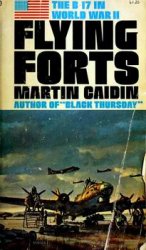On December 7, 1941, Japanese carrier-based aircraft attacked
the U.S. naval base at Pearl Harbor in the Hawaiian
Islands. The same day, other units launched assaults
on the Philippines and began advancing toward the British
colony of Malaya. Shortly thereafter, Japanese forces
invaded the Dutch East Indies and occupied a number of
islands in the Pacific Ocean. In some cases, as on the Bataan
peninsula and the island of Corregidor in the Philippines,
resistance was fierce, but by the spring of 1942,
almost all of Southeast Asia and much of the western
Pacific had fallen into Japanese hands. Japan formed the
entire region into the Great East Asia Co-Prosperity
Sphere and announced its intention to liberate Southeast
Asia from Western rule. For the moment, however,
Japan needed the resources of the region for its war machine
and placed its conquests under its rule on a wartime
footing.
Japanese leaders had hoped that their strike at American
bases would destroy the U.S. Pacific Fleet and persuade
the Roosevelt administration to accept Japanese
domination of the Pacific. The American people, in the
eyes of Japanese leaders, had been made soft by material
indulgence. But the Japanese had miscalculated. The attack
on Pearl Harbor galvanized American opinion and
won broad support for Roosevelt’s war policy. The United
States now joined with European nations and Nationalist
China in a combined effort to defeat Japan’s plan to
achieve hegemony in the Pacific. Believing that U.S. involvement
in the Pacific would render its forces ineffective
in the European theater, Hitler declared war on the
United States four days after Pearl Harbor.




 World History
World History









